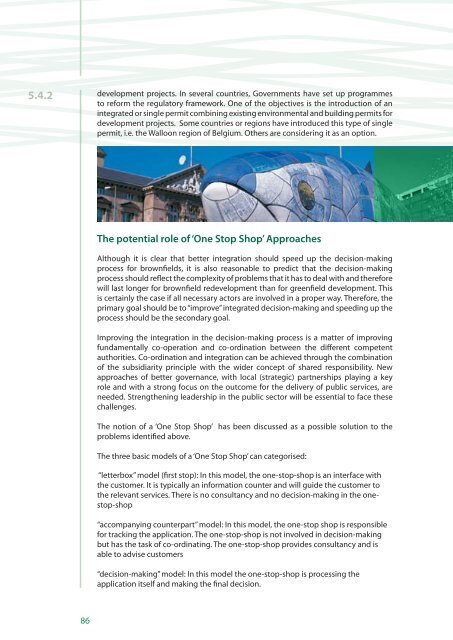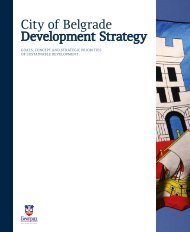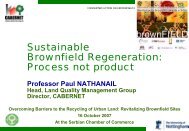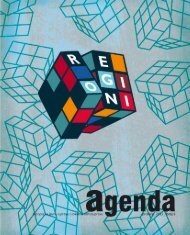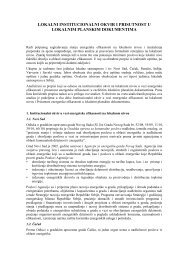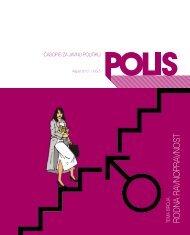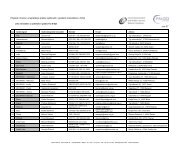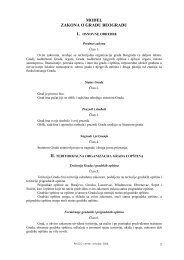Sustainable Brownfield Regeneration: CABERNET Network Report
Sustainable Brownfield Regeneration: CABERNET Network Report
Sustainable Brownfield Regeneration: CABERNET Network Report
You also want an ePaper? Increase the reach of your titles
YUMPU automatically turns print PDFs into web optimized ePapers that Google loves.
5.4.2 development projects. In several countries, Governments have set up programmesto reform the regulatory framework. One of the objectives is the introduction of anintegrated or single permit combining existing environmental and building permits fordevelopment projects. Some countries or regions have introduced this type of singlepermit, i.e. the Walloon region of Belgium. Others are considering it as an option.The potential role of ‘One Stop Shop’ ApproachesAlthough it is clear that better integration should speed up the decision-makingprocess for brownfields, it is also reasonable to predict that the decision-makingprocess should reflect the complexity of problems that it has to deal with and thereforewill last longer for brownfield redevelopment than for greenfield development. Thisis certainly the case if all necessary actors are involved in a proper way. Therefore, theprimary goal should be to “improve” integrated decision-making and speeding up theprocess should be the secondary goal.Improving the integration in the decision-making process is a matter of improvingfundamentally co-operation and co-ordination between the different competentauthorities. Co-ordination and integration can be achieved through the combinationof the subsidiarity principle with the wider concept of shared responsibility. Newapproaches of better governance, with local (strategic) partnerships playing a keyrole and with a strong focus on the outcome for the delivery of public services, areneeded. Strengthening leadership in the public sector will be essential to face thesechallenges.The notion of a ‘One Stop Shop’ has been discussed as a possible solution to theproblems identified above.The three basic models of a ‘One Stop Shop’ can categorised:“letterbox” model (first stop): In this model, the one-stop-shop is an interface withthe customer. It is typically an information counter and will guide the customer tothe relevant services. There is no consultancy and no decision-making in the onestop-shop“accompanying counterpart” model: In this model, the one-stop shop is responsiblefor tracking the application. The one-stop-shop is not involved in decision-makingbut has the task of co-ordinating. The one-stop-shop provides consultancy and isable to advise customers“decision-making” model: In this model the one-stop-shop is processing theapplication itself and making the final decision.86


